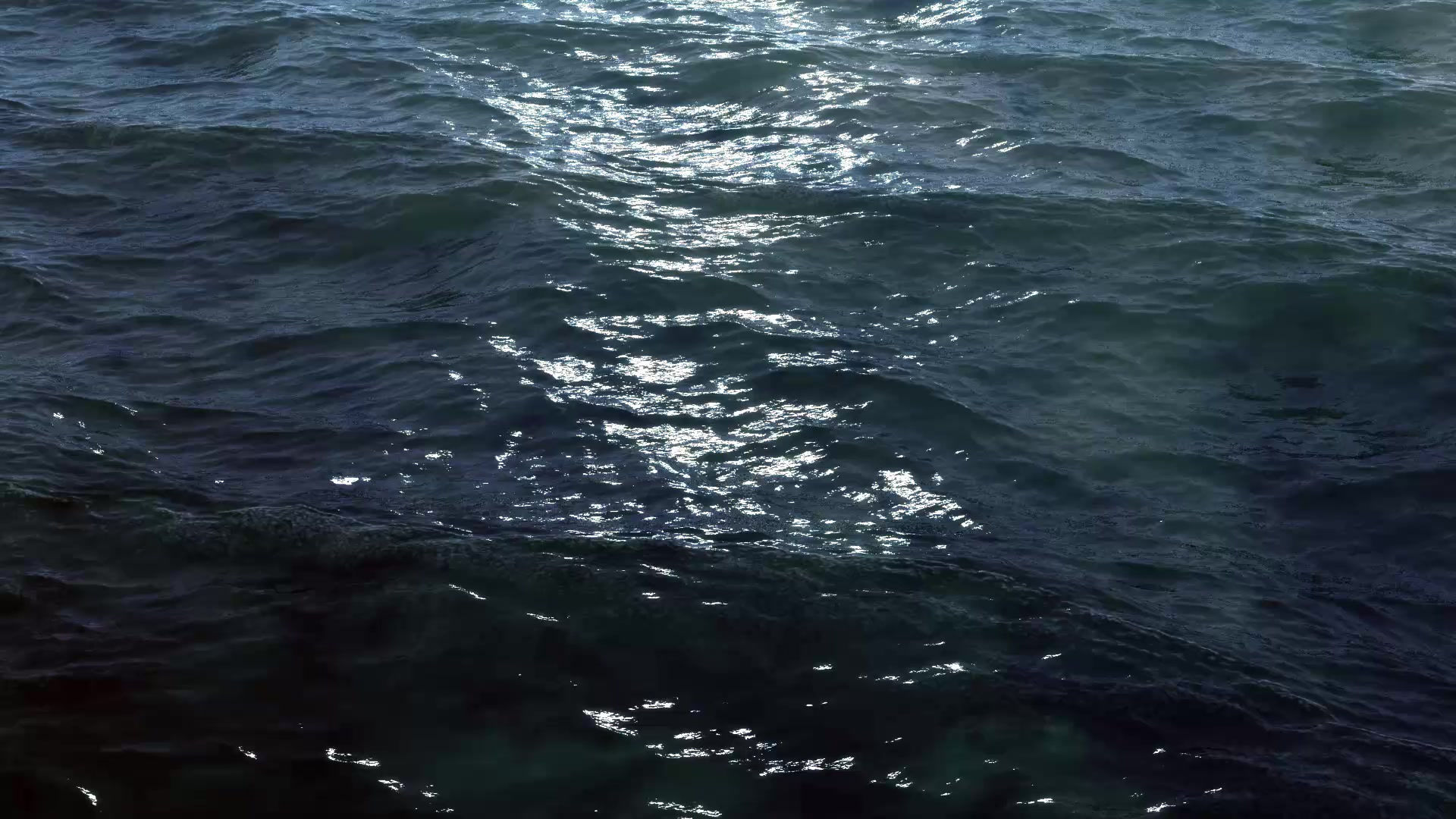The Forgotten Shipwreck of Cabo San Lucas: The Story of the Harry Lundeberg
- renemv76
- Sep 24
- 2 min read
When you visit Cabo San Lucas, your eyes are naturally drawn to the famous Arch at Land’s End — the dramatic rocks where the Pacific meets the Sea of Cortez. But few know that just beneath these waters lies a shipwreck with a remarkable story: the Harry Lundeberg.
From Canada’s War Effort to the High Seas
The vessel began her life in 1943, in North Vancouver, Canada. She was part of the “Park Ship” program, Canada’s equivalent of the American Liberty Ships. These cargo vessels were built quickly during World War II to keep supplies flowing across the oceans.
Launched as Kitsilano Park, she joined the Allied merchant fleet. For nearly two years, she sailed dangerous waters, carrying vital cargo across the Atlantic and Pacific, protected by convoys against German U-boats.
A New Life After the War
When peace returned, many wartime ships were sold into private hands. In 1946, Kitsilano Park was renamed Lake Kootenay under Western Canada Steamships. Just three years later, she changed hands again, this time becoming Phopho under Panamanian registry.
Finally, in 1950, the ship took on her last name: Harry Lundeberg. Operated by Gypsum Carrier Inc., she transported gypsum plaster from the mines of Isla San Marcos in the Sea of Cortez to ports along the Pacific coast.
The Final Voyage
On February 8, 1954, while approaching Cabo San Lucas, tragedy struck. The Harry Lundeberg hit a shelf of rocks near Land’s End. The damage was devastating. Lloyd’s Register recorded it plainly: “Struck a shelf of rocks. Extensively damaged. Declared a total loss.”
Some accounts blame navigation errors. Others tell a more colorful tale — that a crew member, ruined by gambling debts, deliberately guided the ship to disaster. Whether fact or folklore, the ship was lost that day.
Buried and Rediscovered
For decades, the wreck lay hidden beneath shifting sands. Locals almost forgot her existence, until nature revealed her once again. In 2014, Hurricane Odile battered Baja California Sur, stirring the seabed and uncovering parts of the long-forgotten wreck.
Today, divers can sometimes catch a glimpse of her steel remains beneath the turquoise waters. The wreck’s visibility depends on the moods of the sea — sometimes concealed, sometimes revealed, like a ghost of the past.
Half History, Half Legend
From wartime convoys to commercial voyages, from the shipyards of Vancouver to the shores of Baja, the Harry Lundeberg carried more than cargo. She carried a story — of resilience, transformation, and mystery.
Next time you stand at the Arch in Cabo San Lucas, look out at the sea. Beneath the waves, history rests, waiting for those curious enough to dive deeper.
Type: Park Ship (wartime cargo vessel, similar to Liberty ships)
Length overall: about 441 feet (134.4 m)
Beam (width): 57 feet (17.4 m)
Depth (molded): 35 feet (10.7 m)
Gross Registered Tonnage (GRT): 7,129 tons
Deadweight Tonnage (DWT): about 10,000 tons
Engine: Triple-expansion steam engine, single screw, ~2,500 HP
Speed: 10–11 knots (typical for Park/Liberty type cargo ships)













Comments